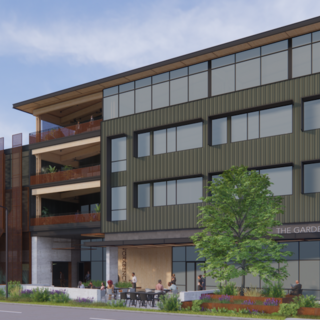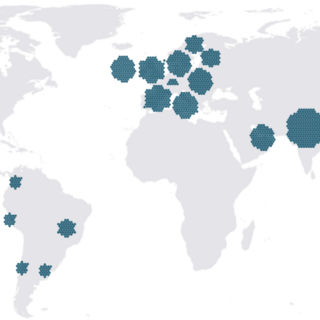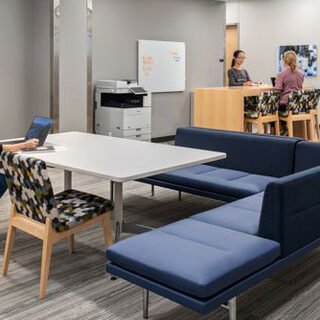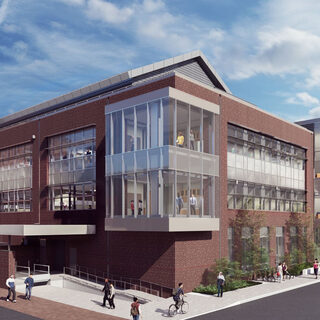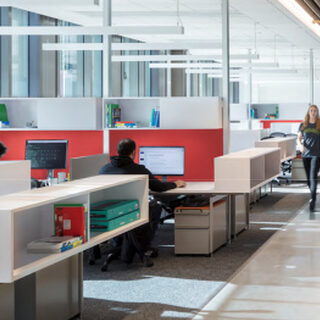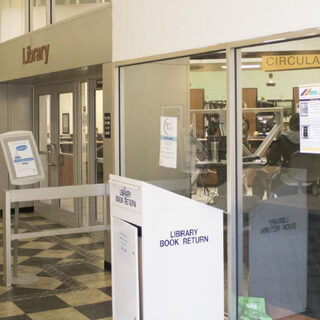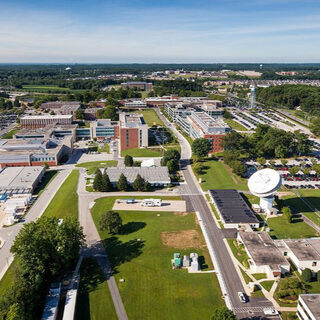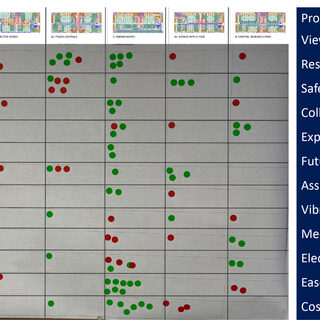How Lehigh Future-Proofed its New STEM Building
Lehigh University's new Health, Science & Technology Building is designed to break down silos between academic departments, to enhance faculty research and better prepare students for tomorrow’s transdisciplinary world. Three different lab modules—with no walls between them—facilitate easy transitions from one use to another, as well as expansion and contraction as needs change. And collaboration spaces are strategically located between labs throughout the building.



